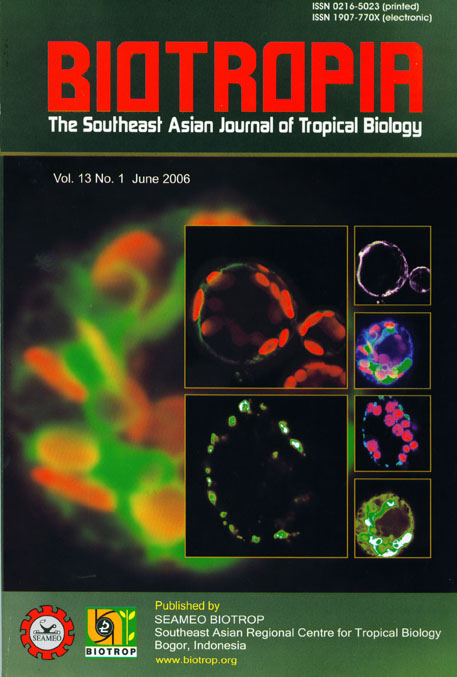
Tags
IDENTIFICATION OF OCEANOGRAPHIC PARAMETERS FOR DETERMINING PELAGIC TUNA FISHING GROUND IN THE NORTH PAPUA WATERS USING MULTI-SENSOR SATELLITE DATA
Content Language : English

The North Papua waters as one of the important fishing grounds in the world contribute approximately
75% of world production of pelagic tunas. These fishing grounds are still determined by hunting method. This method is
time consuming and costly. However, in many areas determination of fishing ground using satellited data lias been applied
by detecting the important oceanographic parameter of the presence of fish schooling such as, sea surface temperature
and chlorophyl. Mostly these parameters are used integratedly. The aim of this study is to assess the important
oceanographic parameters detected from multi-sensor satellites (NOAA/AVHRR, Seawifs and Topex Poisedon) for
determining fishing ground of pelagic tunas in the North Papua waters at east season. The parameters include Sea
Surface Temperature (STT), chlorophyl-a and currents. The availability of data from optic sensor (Seawifs: chl-a and
AVHRR: Thermal) is limited by the presence of cloud cover. In that case, Topex Poseidon satellite data can be used to
provide the currents data. The integration of data from multi-sensors increases the availability of the oceanographic
parameters for prediction of the potential fishing zones in the study area.
Link

This work is licensed under a Creative Commons Attribution-NonCommercial-NoDerivatives 4.0 International License.
